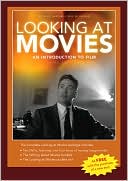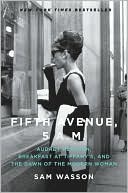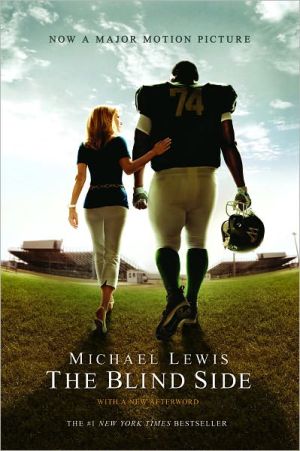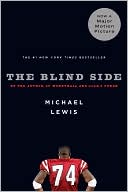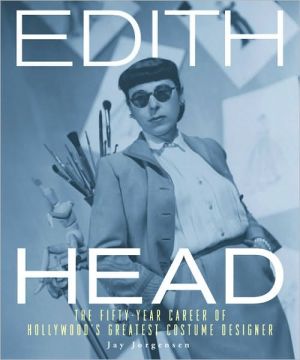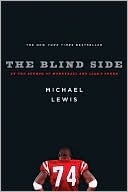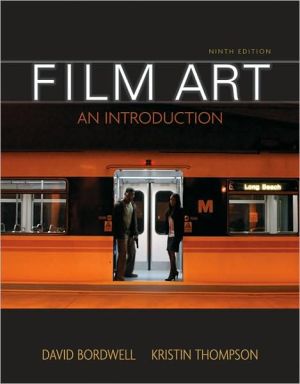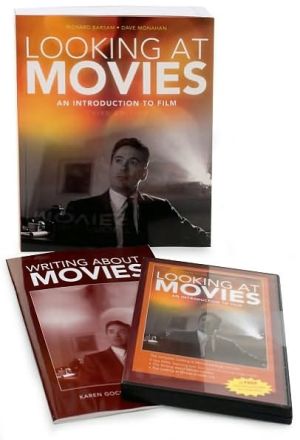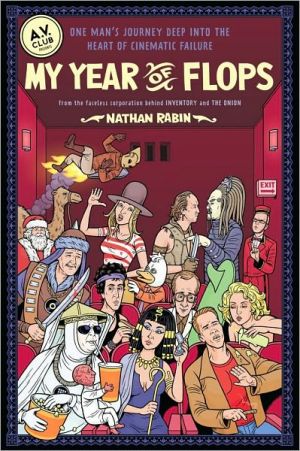Looking at Movies: An Introduction to Film
Search in google:
Two DVDs complement and elaborate on key concepts in the text.
To Students Preface Acknowledgments 1. WHAT IS A MOVIE? FUNDAMENTAL PRINCIPLES Movies Manipulate Space and Time in Ways That Other Art Forms Cannot Movies Depend on Light Movies Provide an Illusion of Movement Movies Can Depict Worlds Convincingly Movies Generally Result from a Complex, Expensive, and Highly Collaborative Process TYPES OF MOVIES Nonfiction Films Narrative Films Animated Films Experimental Films QUESTIONS FOR REVIEW QUESTIONS FOR ANALYSIS A NOTE ON "CASE STUDIES" FOR FURTHER READING 2. FORM AND NARRATIVE WHAT IS FORM? PRINCIPLES OF FILM FORM Form and Expectations Form and Patterns Form and Themes Coherence, Progression, and Unity and Balance WHAT IS NARRATIVE? Telling the Story ELEMENTS OF NARRATIVE Story and Plot Order Events: Hubs and Satellites Duration Suspense versus Surprise Frequency Characters Setting Point of View Scope ANALYZING NARRATIVE John Ford's Stagecoach QUESTIONS FOR REVIEW QUESTIONS FOR ANALYSIS FOR FURTHER READING 3. MISE-EN-SC NE AND DESIGN WHAT IS MISE-EN-SC NE? COMPOSITION AND MISE-EN-SC NE Framing: What We See on the Screen Kinesis: What Moves on the Screen ANALYZING MISE-EN-SC NE Jean Renoir's The Rules of the Game WHAT IS DESIGN? PROCESS AND ELEMENTS OF DESIGN Roles of the Art Director and the Production Designer Setting Lighting Costume, Makeup, and Hairstyle International Styles and Development ANALYZING DESIGN Todd Solondz's Happiness Sam Mendes's American Beauty Michael Almereyda's Hamlet QUESTIONS FOR REVIEW QUESTIONS FOR ANALYSIS FOR FURTHER READING 4. CINEMATOGRAPHY WHAT IS CINEMATOGRAPHY? THE DIRECTOR OF PHOTOGRAPHY The D.P.'s Responsibilities CINEMATOGRAPHIC PROPERTIES OF THE SHOT Film Stock Lighting Lenses FRAMING OF THE SHOT Visualization and Composition Types of Shots Depth Camera Angle and Height Scale Camera Movement SPEED AND LENGTH OF THE SHOT SPECIAL EFFECTS CINEMATOGRAPHY ANALYZING CINEMATOGRAPHY Terrence Malick's Days of Heaven QUESTIONS FOR REVIEW QUESTIONS FOR ANALYSIS FOR FURTHER READING 5. ACTING WHAT IS ACTING? The Paradox of Acting Early Screen-Acting Styles D. W. Griffith and Lillian Gish Konstantin Stanislavsky and Method Acting Bertolt Brecht The Influence of Sound Movie Stars in the Golden Age of Hollywood Screen Acting Today CASTING ACTORS Factors Involved in Casting ASPECTS OF PERFORMANCE Types of Roles Preparing for Roles Naturalistic and Nonnaturalistic Styles Improvisational Acting Directors and Actors HOW FILMMAKING AFFECTS ACTING Framing, Composition, Lighting, and the Long Take The Camera and the Close-Up ANALYZING ACTING Barbara Stanwyck in King Vidor's Stella Dallas Maggie Smith in Jack Clayton's The Lonely Passion of Judith Hearne QUESTIONS FOR REVIEW QUESTIONS FOR ANALYSIS FOR FURTHER READING 6. EDITING WHAT IS EDITING? Continuity Editing Discontinuity Editing THE EDITOR'S RESPONSIBILITIES Spatial, Temporal, and Visual Relationships between Individual Shots Rhythm Mood Ellipsis Separation Pattern Slow Disclosure CONVENTIONS OF EDITING Establishing Shot Match Cut Point-of-View Editing Parallel Editing Shot/Reverse Shot Jump Cut Fade-In and Fade-Out Dissolve Wipe Iris-In and Iris-Out Flashback and Flashforward Freeze Frame Split-Screen Montage Conventions of Editing in Mark Sandrich's Top Hat EDITING AND POSTPRODUCTION THE EDITOR'S TOOLS Editing with Rudimentary Equipment and with Upright and Flatbed Machines Linear Editing with Videotape Nonlinear Digital Editing with Computerized Equipment ANALYZING FILM EDITING D. W. Griffith's Birth of a Nation Buster Keaton's Sherlock, Jr. Sergei Eisenstein's Battleship Potemkin Leni Riefenstahl's Olympia Orson Welles's Citizen Kane Elia Kazan's On the Waterfront Alfred Hitchcock's Psycho Sidney Lumet's The Pawnbroker QUESTIONS FOR REVIEW QUESTIONS FOR ANALYSIS FOR FURTHER READING 7. SOUND WHAT IS SOUND? PHYSICAL AND PERCEPTUAL CHARACTERISTICS OF SOUND SOURCES OF FILM SOUND Diegetic or Nondiegetic Internal or External Onscreen or Offscreen Synchronous or Asynchronous Production or Postproduction TYPES OF FILM SOUND Vocal Sounds (Dialogue and Narration) Environmental Sounds (Ambient Sound and Sound Effects) Music Silence FUNCTIONS OF FILM SOUND Audience Awareness Audience Expectations Rhythm Character Fidelity Continuity Emphasis Juxtaposition Montage SOUND VERSUS SILENCE Technological Challenges Commercial Challenges Aesthetic Challenges SOUND PRODUCTION Design Recording Editing Mixing ANALYZING FILM SOUND Orson Welles's Citizen Kane QUESTIONS FOR REVIEW QUESTIONS FOR ANALYSIS FOR FURTHER READING 8. WRITING ABOUT MOVIES JOINING THE CRITICAL CONVERSATION ABOUT MOVIES FUNDAMENTAL TECHNIQUES Summarizing Plot Analyzing Shots, Scenes, and Sequences Taking Notes Taking Advantage of Tape, DVD, and the Internet Writing Descriptively Making an Argument Incorporating Sources ASSIGNMENTS AND STRATEGIES Critical Analysis Movie Review versus Critical Analysis Research Paper EXPLICIT, IMPLICIT, AND IDEOLOGICAL MEANINGS GENRE STUDY CRITICAL AND THEORETICAL APPROACHES Interpretive Frameworks Auteurism Psychological Criticism Ideological Criticism APPLIED READINGS Die Hard: Mimicry and Catharsis Die Hard: Binary Oppositions Wall Street: Freudianism Vertigo: Cognitive Psychology Rear Window: Auteurism Metropolis: Marxism Thelma and Louise: Feminism Repo Man: Cultural Studies THE WRITING PROCESS Prewriting: Discovering What You Want to Say Generating Text Revising FOR FURTHER READING SAMPLE STUDENT PAPER: "MODERN INDEMNITY" BY JAMES ARNETT APPENDIX: OVERVIEW OF HOLLYWOOD PRODUCTION SYSTEMS THE STUDIO SYSTEM Organization before 1931 Organization after 1931 Organization During the Golden Age Decline of the Studio System THE INDEPENDENT SYSTEM Financing in the Industry Marketing and Distribution FOR FURTHER READING AND VIEWING Glossary Permissions and Acknowledgements Index
